#secureyourwebsite
Explore tagged Tumblr posts
Text
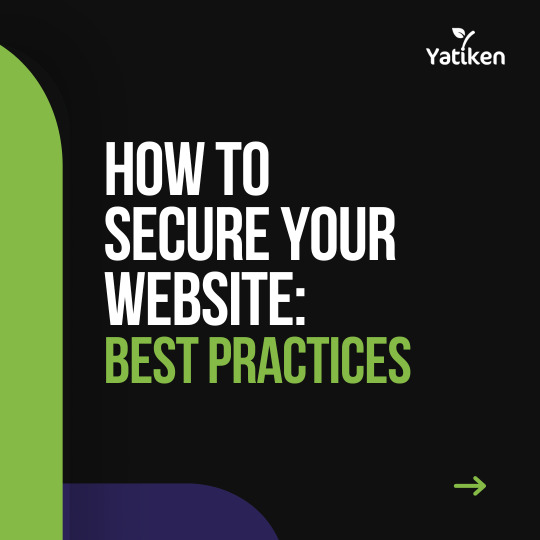
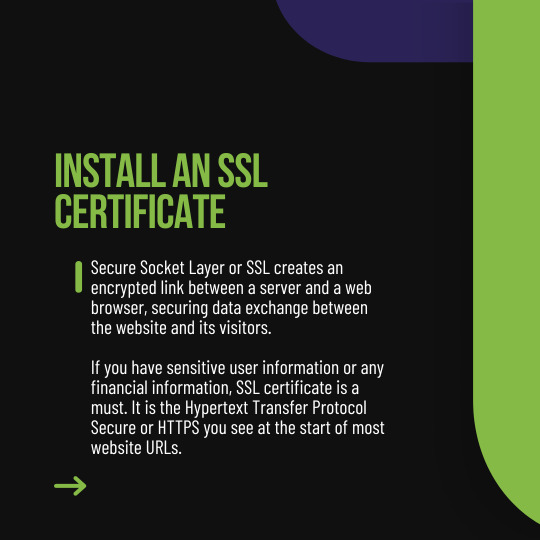
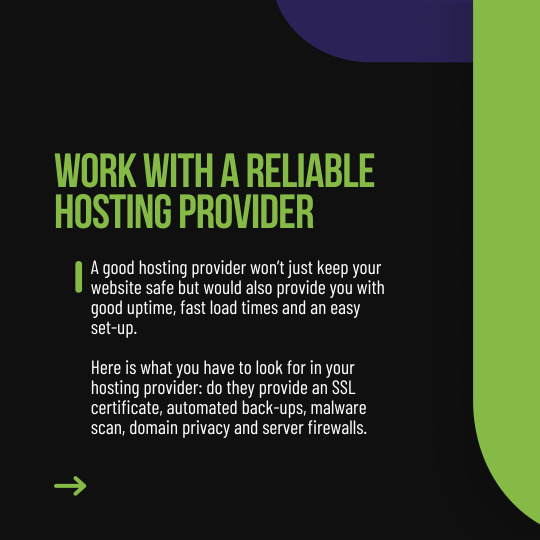
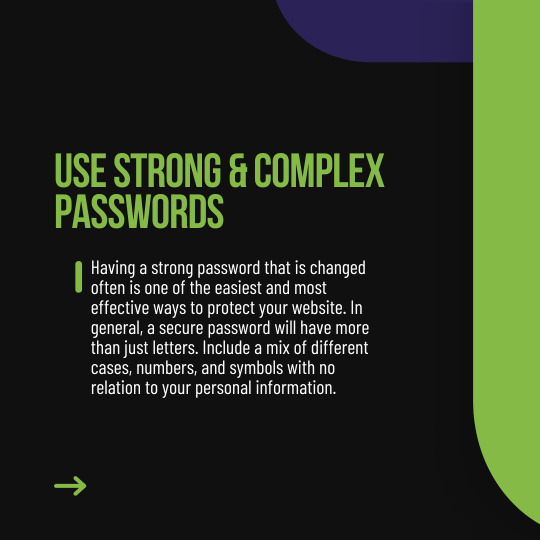
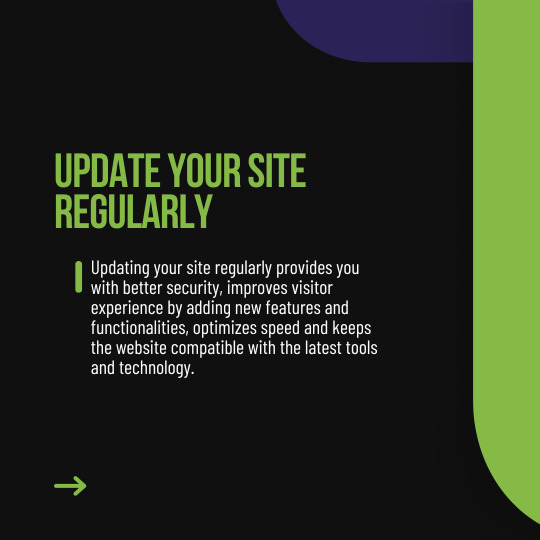
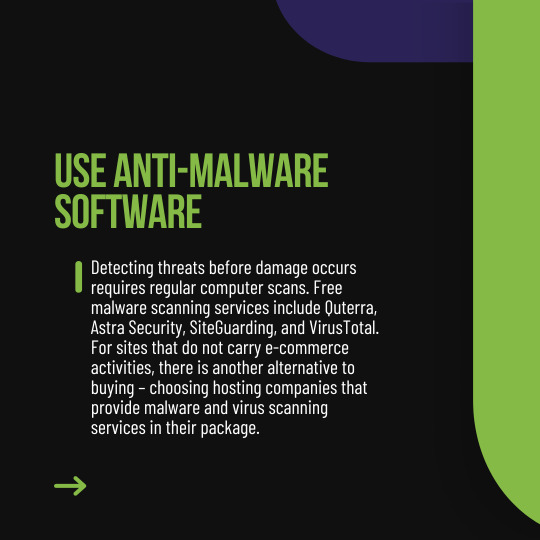

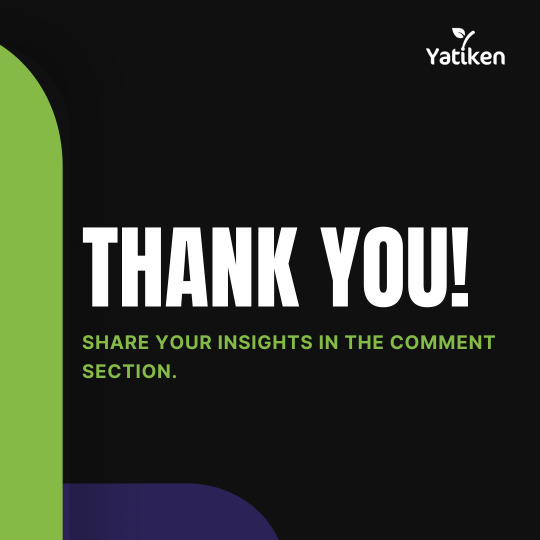
Is Your Website Secure? In today's digital world, safeguarding your website is essential to protect your data and reputation.
Discover top best practices to keep your site safe from cyber threats!
Follow us for more informative content.
#CyberSecurity #WebsiteSecurity #DigitalSafety #Yatiken #WebProtection #SecureYourWebsite #TechSolutions
0 notes
Text

✈️ Happy Indian Air Force Day from UptimeStudio!
Today, we honor the valor and dedication of the Indian Air Force. Just as they keep our skies secure, UptimeStudio ensures that your website stays up and running, protecting your online presence with precision and reliability. 🌐🛡️
Here’s to flying high with confidence! Jai Hind!
#IndianAirForceDay #SaluteToOurHeroes #WebsiteMonitoring #ProtectYourPresence #JaiHind #SecureYourWebsite #PrecisionInMonitoring #BjliStudio #NotifyStudio #WebDataStudio #UptimeStudio #PusherStudio #TeamStudio #iRootTechnologies
3 notes
·
View notes
Text
Wordpress Security Service
Mo. +91 9540532343
Email [email protected]
Direct - Dm
Notiads Company & Agency
Is your WordPress website facing errors, slow performance, or security issues? We provide professional WordPress maintenance services to keep your site running smoothly, securely, and efficiently.
Our Services Include:
🔹 Technical Error Fixing – Troubleshooting and resolving backend and frontend issues.
🔹 Page & Post Errors – Fixing broken links, formatting issues, and display problems.
🔹 Plugin & Theme Fixes – Updating and troubleshooting conflicts to ensure smooth functionality.
🔹 Domain & Hosting Issues – Managing domain and hosting problems for uninterrupted service.
🔹 Domain & Hosting Renewal – Preventing expiration and downtime by renewing on time.
🔹 Website Speed Optimization – Boosting website speed for improved performance.
🔹 Logo & SSL Certificate Issues – Fixing security errors and ensuring proper branding.
🔹 Font & Color Adjustments – Making your website visually appealing and consistent.
🔹 Header & Footer Edits – Customizing and optimizing navigation and layout.
🔹 Editing & Removing Elements – Making necessary content changes as per your needs. WordPress maintenance service
Fix WordPress errors
WordPress website support
WordPress speed optimization
WordPress security updates
WordPress backup solutions
WordPress bug fixing
WordPress plugin errors
Fix slow WordPress website
Website performance optimization
SSL installation for WordPress
WordPress troubleshooting service
WordPress error resolution
WordPress security service
Fix WordPress white screen
WordPress technical support
WordPress domain management
WordPress hosting renewal
Website content update
WordPress page speed fix
WordPress footer customization
WordPress broken link fix
WordPress database optimization
Fix WordPress downtime issues
Fix WordPress login issues
WordPress uptime monitoring
Website malware removal
WordPress mobile optimization
Fix WordPress 404 error
WordPress site customization
#WordPressSupport
#WordPressFix
#WebsiteOptimization
#SpeedUpWordPress
#SecureYourWebsite
#WordPressMaintenance
#WPWebsiteFix
#TechnicalSupport
#WordPressExperts
#WebsiteCare

0 notes
Text
🔒 Protect your website and users with strong security measures! Discover the top 10 reasons why website security is crucial in today's digital landscape. Safeguard data, prevent cyber attacks, and build trust.
#WebSecurityMatters#SecureYourWebsite#StayProtectedOnline#DataSafetyFirst#CyberThreatDefense#TrustworthyWebPresence#PreventCyberAttacks#WebsiteProtection101#DigitalSecurityEssentials#SafeguardYourData#BuildOnlineTrust#CyberSafetyAwareness#StrongSecurityMeasures#WebsiteSecurityMatters#ProtectUserPrivacy
0 notes
Photo

Your website needs security for your peace of mind. Also, if your website is secure, then it attracts loads of customers. So, it’s time to make your website safe free of any cost if you choose our web hosting plan.
Know More About Us : https://www.hostcafeday.com/
#GoOnlineWithHCD#hostcafeday#websitesecurity#linuxhosting#sharedhosting#vpshosting#secureyourwebsite#webhostingcompany#webhostingplans#freeservices#sslcertificate
0 notes
Photo

SSL ensures the security of your website data thus making your online brand a trusted one for visitors. Safeguard your website by using #SSL
https://mainvps.net/
#web hosting provider in India#Mainvps#cheapwebhosting#webhosting#secureyourwebsite#securitysystem#securityguard#securitysocketlayer#SSL
0 notes
Photo

How to Secure your WordPress Website from Hackers? Check the video link in Bio. https://youtu.be/UCv4rC2C-uQ #wordpress #wordpresssecurity #wordpressplugin #securewebsite #hackproof #websitesecurity #hidelogin #loginlockdown #wordfence #wordfenceplugin #smartlock #wpadmin #securewordpress #secureyourwebsite #websitesafety #safewebsite #wordpresssafety #safetyfirst #securesite #privatelogin #loginsafety #wplogin #wordpressvideo https://www.instagram.com/p/B5gCd_npz9n/?igshid=mgcva9r72bp
#wordpress#wordpresssecurity#wordpressplugin#securewebsite#hackproof#websitesecurity#hidelogin#loginlockdown#wordfence#wordfenceplugin#smartlock#wpadmin#securewordpress#secureyourwebsite#websitesafety#safewebsite#wordpresssafety#safetyfirst#securesite#privatelogin#loginsafety#wplogin#wordpressvideo
0 notes
Text
Website SEO Checklist: 10 Steps to Better Google Rankings [Infographic]
https://blog.red-website-design.co.uk/2018/02/28/website-seo-checklist-infographic/

#Website#SEO#Google#Rankings#Infographic#WebsiteSEO#SEOChecklist#ResponsiveDesign#offpageseo#onpageseo#Siteranking#Digitalmarketing#secureyourwebsite
0 notes
Text
5 Steps to Secure Your Website and Protect Your Visitors Personal Data

In today’s digital age, securing your website is of utmost importance. Websites are vulnerable to various cyber-attacks, which can result in the loss of valuable data and the compromise of your visitors’ personal information.
To protect your website and its visitors, it’s essential to take proactive steps to secure your website. In this article, we’ll discuss five steps that you can take to secure your website and protect your visitors’ personal data.
Step 1: Use HTTPS
The first step to securing your website is to use HTTPS. HTTPS stands for Hypertext Transfer Protocol Secure, a protocol that encrypts all data transmitted between your website and your visitor’s web browsers.
This encryption ensures that any data transmitted between your website and your visitors is secure and cannot be intercepted by hackers.
Using HTTPS also provides your visitors with a sense of security, which can increase their confidence in your website. When visitors see the HTTPS padlock icon in their browser’s address bar, they know that their data is being transmitted securely.
To use HTTPS on your website, you’ll need to purchase an SSL (Secure Sockets Layer) certificate. Many web hosting providers offer SSL certificates, and some even provide them for free. Once you have an SSL certificate, you’ll need to configure your website to use HTTPS.
Pro Tip: Get Free Web Hosting with SSL, PHP, MySQL, free Website Builder, cPanel, and no ads. Unlimited free website hosting. Host your first website.
Step 2: Keep Your Software Up-to-Date
The second step to securing your website is to keep your software up-to-date. This includes your website’s content management system (CMS), any plugins or extensions that you use, and your web server software.
Keeping your software up-to-date is essential because software vendors regularly release security patches and updates to fix vulnerabilities and address security issues.
If you don’t update your software, you could be leaving your website and its visitors vulnerable to cyber-attacks.
Most content management systems have an option to automatically update your software, which can be a convenient way to ensure that your website is always running the latest, most secure version.
However, it’s essential to test any updates before deploying them to your live website to ensure that they don’t break any functionality.
Step 3: Implement Strong Password Policies
The third step to securing your website is to implement strong password policies. Passwords are the first line of defense against unauthorized access to your website, so it’s essential to use strong passwords and encourage your users to do the same.
A strong password policy should include the following:
Require passwords to be a minimum length (at least eight characters)
Require a mix of uppercase and lowercase letters, numbers, and special characters
Encourage users to use unique passwords for each website or service they use
Use multi-factor authentication (MFA) to provide an extra layer of security
In addition to implementing a strong password policy, you should also regularly audit your user accounts to ensure that there are no inactive or compromised accounts.
Step 4: Backup Your Website Regularly
The fourth step to securing your website is to back up website regularly. Backing up your website is essential because it provides a way to restore your website if it’s ever compromised or if there’s a data loss event.
When backing up your website, it’s essential to store your backups in a secure location. This could be on a separate server or in a cloud storage service.
You should also test your backups regularly to ensure that they’re working correctly and can be restored if needed.
Step 5: Monitor Your Website for Suspicious Activity
The fifth and final step to securing your website is to monitor the website for suspicious activity. Monitoring your website allows you to identify potential security threats and take action before they become a problem.
There are several ways to monitor your website, including:
Installing a web application firewall (WAF) to block suspicious traffic
Using a security plugin or service to scan your website for malware and vulnerabilities
Enabling server logs to track user activity
Regularly reviewing your website’s access logs to identify any unauthorized access attempts
If you notice any suspicious activity on your website, it’s essential to take immediate action to investigate and address the issue. This may involve resetting passwords, patching vulnerabilities, or even temporarily taking your website offline while you address the issue.
In conclusion, securing your website and protecting your visitors’ personal data should be a top priority for any website owner. By following these five steps, you can significantly reduce the risk of a cyber-attack and ensure that your website and its visitors are safe and secure.
Remember to use HTTPS, keep your software up-to-date, implement strong password policies, back up your website regularly, and monitor your website for suspicious activity. With these measures in place, you can rest assured that your website is as secure as possible.
#datasecurity hashtag#personaldataprotection hashtag#websitesecurity hashtag#secureyourwebsite hashtag#cybersecurity hashtag#dataprivacy hashtag#datarights hashtag#onlinesafety hashtag#hostingseekers hashtag#wsdhs hashtag#data#domain#webhostingservices
0 notes
Text

●The HTTP hypertext transfer protocol is an abbreviation for the data communication standard of web pages. When a web page has this prefix, links, text, and images must work correctly in a web browser.
👉 @digitaltechakshay 👈
●The HTTPS hypertext transfer protocol is short for Secure. This indicates that the web page has a special layer of encryption to hide your personal information and passwords from others. Whenever you log in to your online bank account or a shopping site in which you enter credit card information, see https in the URL for security.
#HTTP #HTTPS #internettips #socialmedia #technology #secureyourwebsite #digitaltips #tech #digitaltechakshay #blogsecurity #websecurity #webdesign #blogger #wordpress #sitesecurity #internetterms
0 notes
Link

If you are the owner of a WordPress website, then getting hacked is the most discouraging experience, which you have to deal with, properly. Irrespective of how far your site is secure; there is always a possibility of your site getting hacked, sometimes. #WordPress #security #wordpressplugins #Hacking #SecureYourWebsite
0 notes